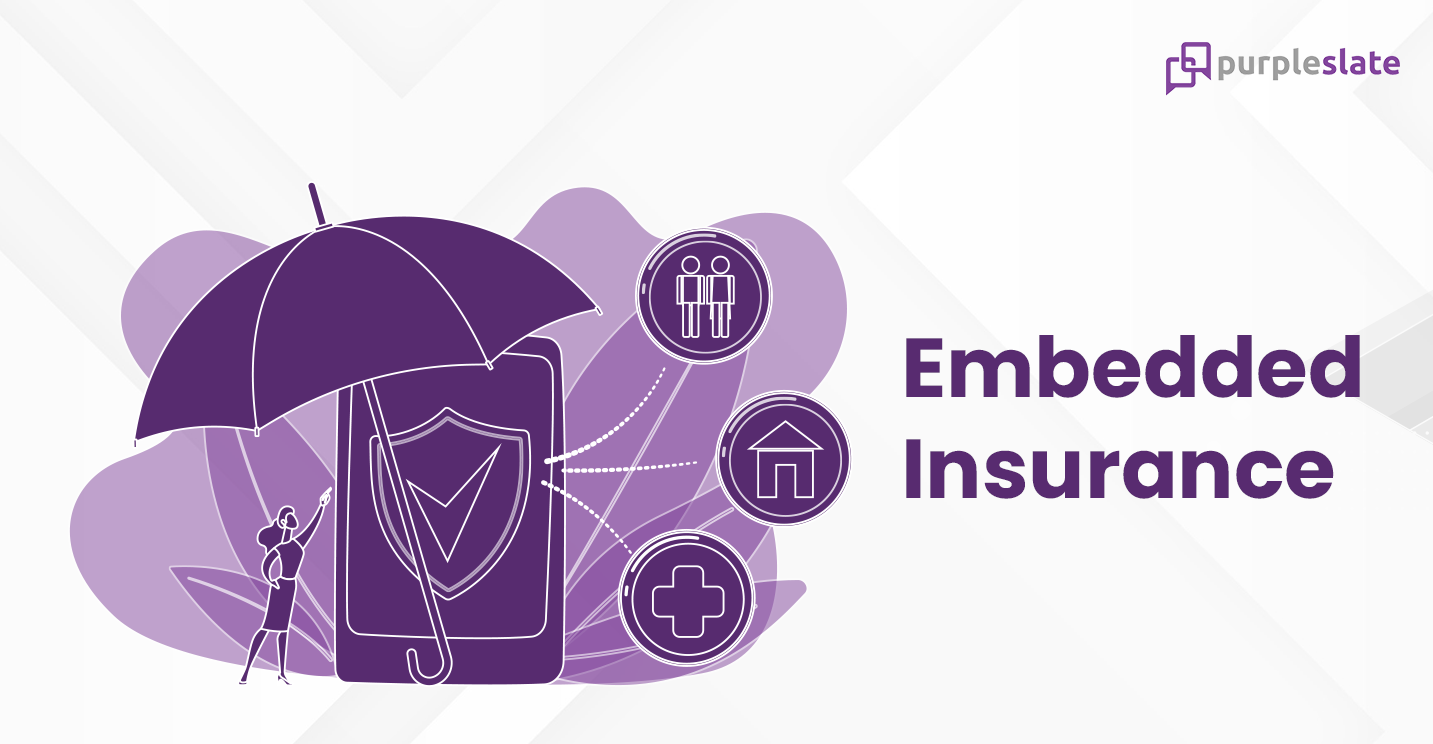
Introduction
We’re building a great, major insurance company. If you’re interested in building a revolutionary insurance company, please join Tesla
ELON MUSK
Is Tesla, the pioneer in electric vehicles, diverging to become an Insurance Company? Let us look further into his statement.
Insurance is a good example of a product that’s made by our internal applications team. We make the insurance product and connect it to the car, look at the data, calculate the risk. This is all done internally — basically it’s an internal software application.
ELON MUSK
In my recent blog on IoT in risk assessment in Insurance, I have touched upon the usability-based Insurance and Mobility for assessing driver’s risk rate based on driving behavior with data collected from embedded systems.
Tesla is leveraging the data collected from its vehicle’s embedded system to foray into the Insurance Industry through embedded Insurance. Tesla predicts that embedded Insurance could deliver 30-40% of Tesla’s total value in the future. Research says that forty percent of insurance is going to be embedded over the next 10 to 20 years.
When a consumer purchases a product or service, bundling and selling insurance coverage or protection directly to the consumer at the POS is termed embedded insurance.
Embedded Insurance is changing the way people buy insurance by expanding opportunities and building strong customer journeys, making it easier for customers to access insurance or warranty products throughout the purchase cycle.
It is all about offering affordable, relevant, and customized insurance to customers when they need it most.
Some examples of embedded Insurance are:
- Car Insurance when buying a car
- Theft insurance on a new cellular device
- Travel insurance when you book a flight
- Insurance Coverage for new appliances
- Home insurance when taking a home loan
- Car rental companies offering accident coverage
What is Embedded Insurance
Embedded insurance allows any third-party provider or developer to effortlessly, quickly, and affordably integrate novel insurance products into its customers’ buying journeys. This is accomplished by abstracting insurance functionality into technology.
By collaborating with distributors and insurers in real time, Embedded Insurance makes it possible to distribute insurance at the point of need. This makes the process simple and, more significantly, reliable.
Embedded insurance isn’t a new concept. Banks were selling Insurance products from as early as 1980. Embedding insurance is profitable for both, where banks earn more revenue by selling insurance products and insurance companies expand their customer base without hiring more sales force.
Technology Approach
Application program interface (API) allows for the integration of an embedded insurance solution into an existing system. APIs can enable insurers in analyzing data and offering the appropriate coverage at the point of sale. APIs also allow them to meet customers on their preferred channel, whether it be a PC, laptop, mobile device, or call center.
An API integrates two separate systems to provide the user with a unified shopping experience. Using pre-built, production-ready smartphones and web apps, an insurer may directly sell insurance and services to potential customers.
Embedded insurance has the potential to transform the insurance sector by assisting insurers in reaching the right customers at the right time with the right coverage.
For the advantage of all market participants, embedded insurance is emerging as a fresh, seamless method of distributing insurance services. By concentrating more on the mid-market, insurers have a trillion-dollar chance to develop new revenue streams and reduce distribution costs.
Types of Embedded Insurance
Related embedding
Related embedding is to offer insurance to the customer in any digital space in an online retailer’s selling platforms. Here, insurance can get a digital placeholder where there is a related value bridging from the core product to insurance. However, it’s not dependent on a transaction between the retailer and the customer.
An example is a car dealer offering advice on a blog post about finding the best car insurance.
Linked embedding
Linked embedding aims to turn the partner’s point of sale into an insurance sales channel. The end-user interacts with the insurance product as an extension to your partner’s sales flow, in other words. An instance of linked embedding is when an electronics store links a TV or a smartphone’s extended warranty insurance.
Bundled embedding
Bundled embedded insurance is a part of the product that the customer buys. It is inseparable from the product or service. In the automobile sector, bundled embedding is popular since it makes an all-inclusive package that includes vehicle financing, auto servicing, and auto insurance.
Benefits of embedded Insurance
For customers, it is easy, flexible, fast, and convenient, provides personalized coverage, a straightforward claims process, and protection from uninsured losses
For insurers, It opens up the possibility of lower-cost distribution to more consumers and businesses, accesses to more data to improve product innovation, and lower underwriting risks.
Third-party organizations embedded insurance can improve value offers while also generating new income streams.
It offers opportunities for investors and IT entrepreneurs to launch worthwhile new businesses.
For society, it aids in bridging the insurance protection gap as a whole, which is the discrepancy between the degree of insurance that is economically and socially advantageous and what is actually on the ground.
Enabling embedded Insurance
To understand the ecosystem of embedded insurance and to identify the spaces that are relevant to your offerings.
To create flexible products that can be more easily sold through embedded channels
To create developer platforms to distribute products and tools
To create software products and tools to embed in the target digital platforms
To acquire or diverge in companies that align with business goals to embed Insurance products
Wrapping up
Embedded insurance is going to be the largest distribution channel in the next 10 years. The existing digital channels of distribution are comparatively very expensive for insurers. Embedded insurance will fast-track in evolving Insurance-as-a-Service (IaaS) in the near future.




